 With the world menaced by COVID19, why did many businesses finish 2020 as their best year ever?
With the world menaced by COVID19, why did many businesses finish 2020 as their best year ever?
PPP loans gave companies an infusion of cash to ride through the first three months of last year.
Businesses already doing well, who were mostly unaffected, or responded quickly with the right moves, may have hit a small speed bump. The PPP provided an unprecedented bump in cash flow. Their position today is better than ever. It’s fueling their growth.
The businesses thriving, I believe, have Patrick Lencioni’s Four Obsessions of an Extraordinary Executive in place.
The Four Obsessions of an Extraordinary Executive provides an inside look at two competing tech companies’ different approaches, through their CEOs, and one HR mis-hire, which both companies competed for.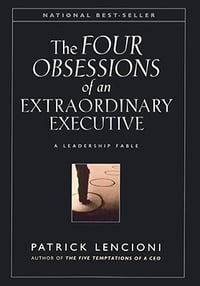
When this HR person resigns and approaches the competitor, the Four Obsessions/Disciplines are revealed, providing insights into why and how the two companies' methods and success differ.
Scaling Up anchors these in 4-3-2-1 approach, with Two Drivers, People, and Process. People center around relationships. Process around Productivity. We look to balance relationships/people with productivity and process.
These blogs address this need for balance: Balance: People/Relationships and Process/Productivity, Balance Productivity and People, and Balance Subjectivity & Objectivity – Required Strategic Disciplines
The Four Obsessions Simplified:
DISCIPLINE ONE: BUILD AND MAINTAIN A COHESIVE LEADERSHIP TEAM Building a cohesive leadership team is the most critical of the four disciplines because it enables the other three. It’s the most elusive because it requires considerable interpersonal commitment from an executive team and its leader. In the book, the competing CEO lacks the commitment to build this in his organization.
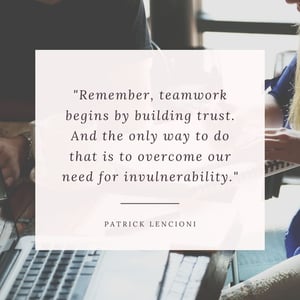 The essence of a cohesive leadership team is trust. It is marked by an absence of politics, unnecessary anxiety, and wasted energy. When an executive decides not to confront a peer about a potential disagreement, he or she is dooming employees to waste time, money, and emotional energy dealing with unresolvable issues.
The essence of a cohesive leadership team is trust. It is marked by an absence of politics, unnecessary anxiety, and wasted energy. When an executive decides not to confront a peer about a potential disagreement, he or she is dooming employees to waste time, money, and emotional energy dealing with unresolvable issues.
One of the best ways to recognize a cohesive team is the nature of its meetings. Passionate. Intense. Exhausting. Never boring.
DISCIPLINE TWO: CREATE ORGANIZATIONAL CLARITY Most executives understand the importance of clarity. ironically, they fall short.
One of the best ways to achieve clarity is to answer this series of questions:
- Why does the organization exist, and what difference does it make in the world?
- What behavioral values are irreplaceable and fundamental? (Fundamental values are discovered within what already exists in an organization.)
- What business are we in, and against whom do we compete?
- How does our approach differ from that of our competition?
- What are our goals this month, this quarter, this year, next year, five years from now?
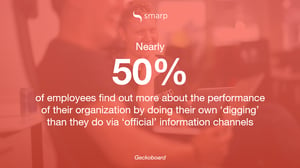
- Who must do what for us to achieve our goals this month, this quarter, this year, next year, and five years from now?
Here are the levels of goals a healthy organization should embrace:
|
Thematic goals: |
What is this period’s focus?
|
|
Major strategic goals: |
What are the key areas which relate to that focus, and exactly what needs to be achieved?
|
|
Metrics: |
What are the ongoing measures that allow the organization to keep score?
|
DISCIPLINE THREE: OVER-COMMUNICATE ORGANIZATIONAL CLARITY Once the executive team has achieved clarity, you must communicate this clarity to employees.
It’s the simplest of the four disciplines, yet most underachieved.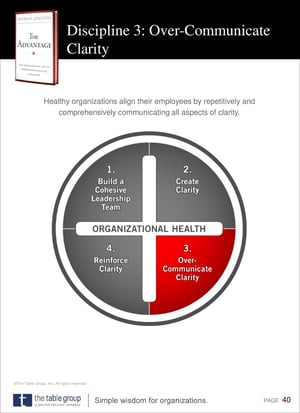
How Does an Executive Team Effectively Over-Communicate? Embrace the three most critical practices of effective organizational communication:
- Repetition,
- Simple Messages
- Multiple Mediums.
Another key, take five minutes at the end of every staff meeting and ask, “What do we need to communicate to our people?”
DISCIPLINE FOUR: REINFORCE ORGANIZATIONAL CLARITY THROUGH HUMAN SYSTEMS Even a company dedicated to over-communication cannot maintain organizational clarity through communication alone. Build a sense of clarity into the fabric of the organization through processes and systems. These drive human behavior.
How to do this without creating unnecessary bureaucracy?
BE COHESIVE. BE CLEAR. OVER-COMMUNICATE. REINFORCE.
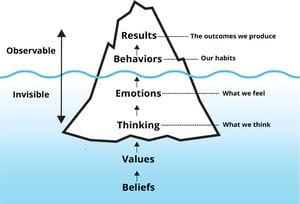 What Does Reinforcement Through Human Systems Look Like? An organization that uses human systems maintains its identity and sense of direction even during times of change. It ensures that employees will be hired, managed, rewarded, and fired for reasons consistent with its organizational clarity. Four primary human systems serve to give organizations clarity.
What Does Reinforcement Through Human Systems Look Like? An organization that uses human systems maintains its identity and sense of direction even during times of change. It ensures that employees will be hired, managed, rewarded, and fired for reasons consistent with its organizational clarity. Four primary human systems serve to give organizations clarity.
- Hiring Profiles. Topgrading’s Job Summary Scorecards are a good tool to use. Insist on a core set of behavioral questions focused on your Core Values.
- Performance Management. The book offers a simple approach to this with a two-page assessment, with four questions:
- What did you accomplish?
- What will you accomplish next?
- How can you improve?
- Are you embracing the values?
- Rewards and Recognition.
- Dismissal
Culture lives in the way things get done.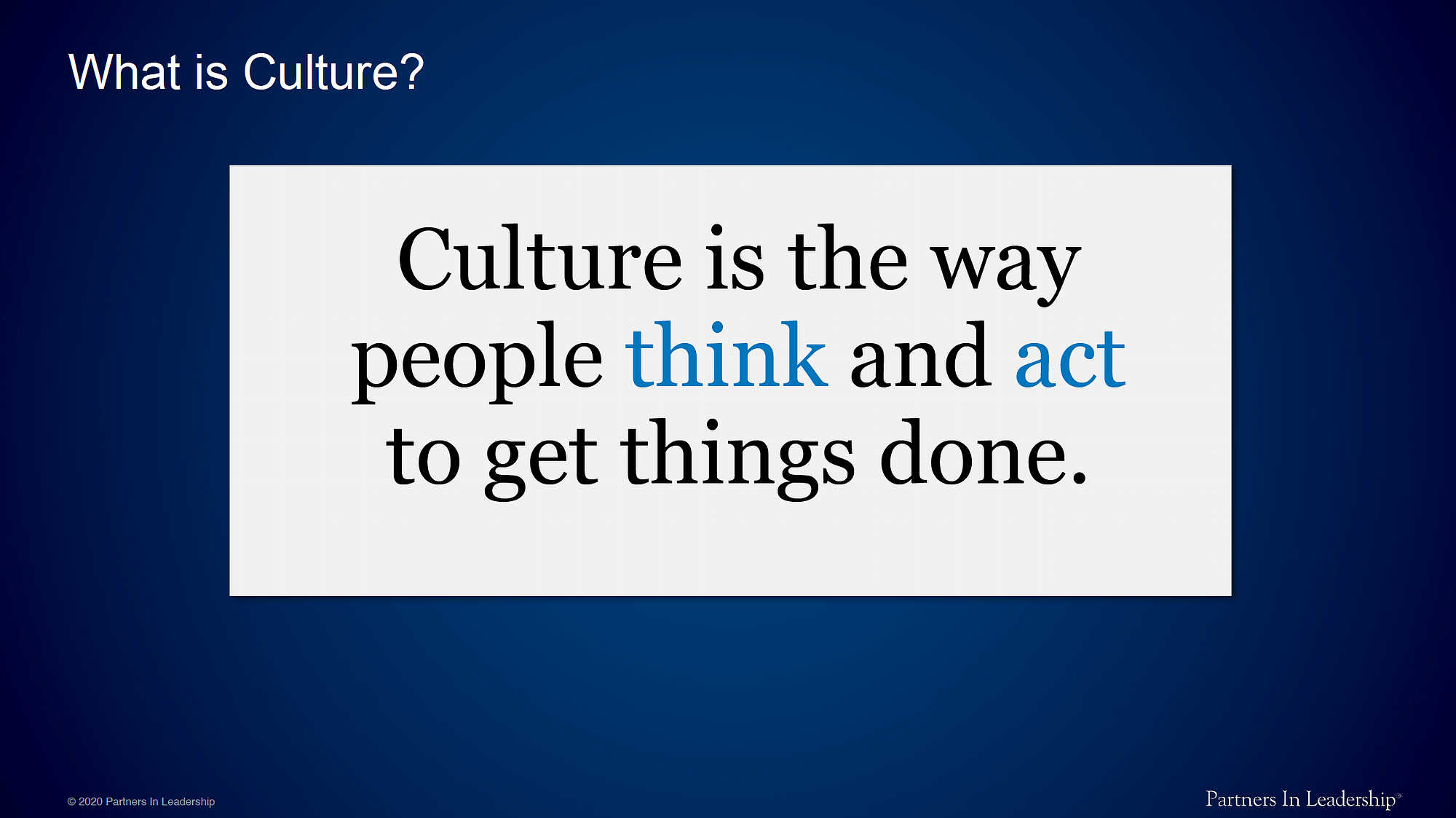
A healthy organization has less politics and confusion, higher morale, productivity, lower unwanted turnover, and lower recruiting costs than an unhealthy one.
Step 1: Embrace the idea organizational health is simple in theory but difficult to put into practice. It requires extraordinary levels of commitment, courage, and consistency. It does not require complex thinking and analysis; keep things simple is critical.
Step 2: Daily Practice and Master these fundamental disciplines.
How can your people help YOU achieve more? To create an environment where everyone is inspired to give their best, contact us today to schedule a free exploratory meeting.
Growth demands Strategic Discipline.
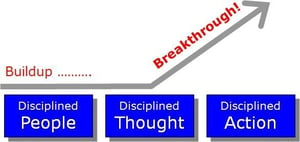 To build an enduring great organization, requires disciplined people, disciplined thought, disciplined action, to produce superior results, and make a distinctive impact in the world.
To build an enduring great organization, requires disciplined people, disciplined thought, disciplined action, to produce superior results, and make a distinctive impact in the world.
Discipline sustains momentum, over a long period of time, laying the foundations for lasting endurance.
A winning habit starts with 3 Strategic Disciplines: Priority, Metrics and Meeting Rhythms. -1.jpg?width=300&name=3%20Disciplines%20of%20Execution%20(Strategic%20Discipline)-1.jpg) Forecasting, accountability, individual, and team performance improve dramatically.
Forecasting, accountability, individual, and team performance improve dramatically.
Meeting Rhythms achieve a disciplined focus on performance metrics to drive growth.
Let Positioning Systems help your business achieve these outcomes on the Four most Important Decisions your business faces:
|
DECISION |
RESULT/OUTCOME |
|
PEOPLE |
|
|
STRATEGY |
|
|
EXECUTION |
|
|
CASH |
|
Positioning Systems helps mid-sized ($5M - $250M) businesses Scale-UP. We align your business to focus on Your One Thing! Contact dwick@positioningsystems.com to Scale Up your business! Take our Four Decisions Needs Assessment to discover how your business measures against other Scaled Up companies. We’ll contact you.
NEXT BLOG: Agility
COVID has forced offices into home-based employees. Be agile. Guest writer, Nicole Garrison, will have ideas on how to help your team learn from home.






.jpeg?width=150&height=135&name=Hand%20with%20marker%20writing%20the%20question%20Whats%20Next_%20(1).jpeg)

